Top Things to Know Before Buying the Best Plants for Your Home Garden

Top Things to Know Before Buying Plants for Your Home Garden
Ah, the joy of a home garden! It's a place where we can connect with nature, cultivate beauty, and even grow our own food. But before you dive headfirst into the world of plants, there are a few key things you need to consider.

Sunlight Symphony: How to Determine the Amount of Sunshine Your Garden Gets
Knowing how much sunlight your garden receives is crucial for choosing the right plants and ensuring their thriving.
Here's a quick guide:
1. Observe your garden throughout the day: Note the areas that receive direct sunlight at different times. Consider both morning and afternoon sun, as they can differ in intensity.
2. Track the sun's path: You can use a simple app or online tool to visualize the sun's movement across your garden throughout the year. This will give you a clear picture of how much sunlight each area receives.
3. Consider nearby structures: Trees, buildings, and fences can cast shadows, significantly affecting the amount of sunlight your garden receives. Observe their influence during different times of the day.
4. Use a sun-tracking app: These apps can provide detailed information about the sun's path and sunlight duration for your specific location. This can help you determine the exact amount of sunlight your garden receives.
5. Remember seasonal variations: The sun's angle and duration of sunlight change throughout the year. Be aware of the differences in sunlight exposure during the summer and winter months.
Important considerations:
While apps and online tools are useful, consider the following:
1. Accuracy varies: Always verify the information provided by apps and tools against your actual observations. They are often based on average data and may not be precise for your specific location.
2. Local factors: Trees, hills, and other landscape features can significantly influence sunlight patterns. Account for these factors when using online tools and apps.
By understanding the sunlight your garden receives, you can make informed decisions about plant selection and ensure your garden thrives!
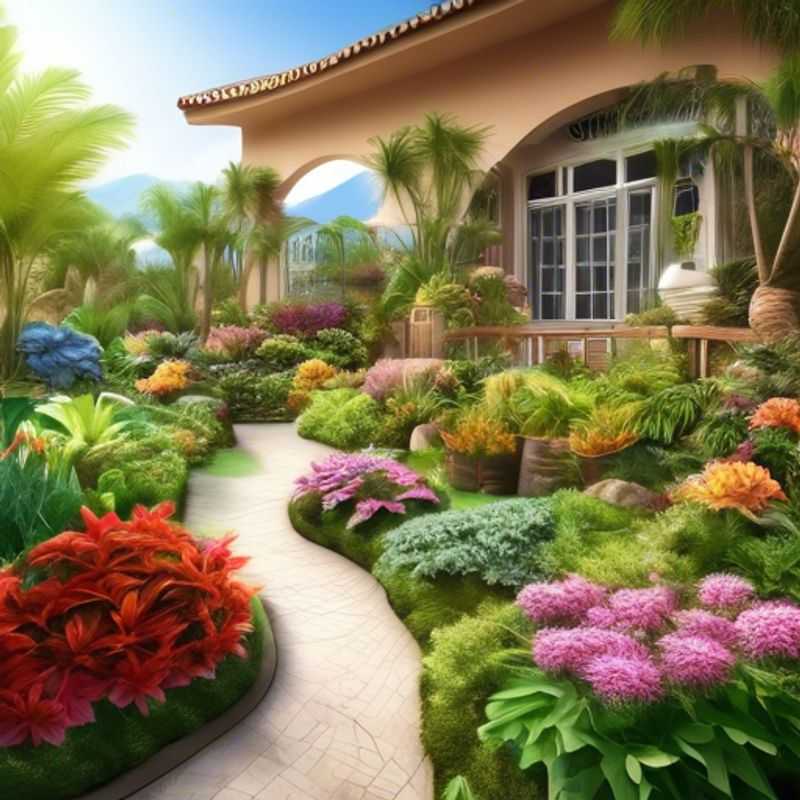
Unlocking Plant Success: Researching Water and Soil Needs
Understanding a plant's water and soil needs is crucial for its successful growth. You can research this information online, using resources like gardening websites or the United States Department of Agriculture's (USDA) Plant Database. This database offers comprehensive information about plant characteristics, including water and soil preferences.
To ensure your research is accurate and specific, use scientific names of plants. When looking up information, you'll find more relevant data if you use the plant's scientific name instead of its common name, which can be less precise.
Pay attention to the following key factors:
1. Water requirements: This will indicate whether the plant prefers moist, well-drained, or dry soil. You'll also find information about how often to water it, which varies based on factors like climate and soil type.
2. Soil type: This refers to the plant's preferred soil texture, such as sandy, loamy, or clay. You'll also learn about the soil pH level, which measures acidity or alkalinity. Knowing this information will help you choose the right soil mix for your plants or amend your existing soil to meet their needs.
For example, if a plant requires well-drained soil, you may need to add sand or perlite to your existing soil to improve drainage.
By researching specific plant requirements, you'll ensure your plants have the optimal environment for thriving.
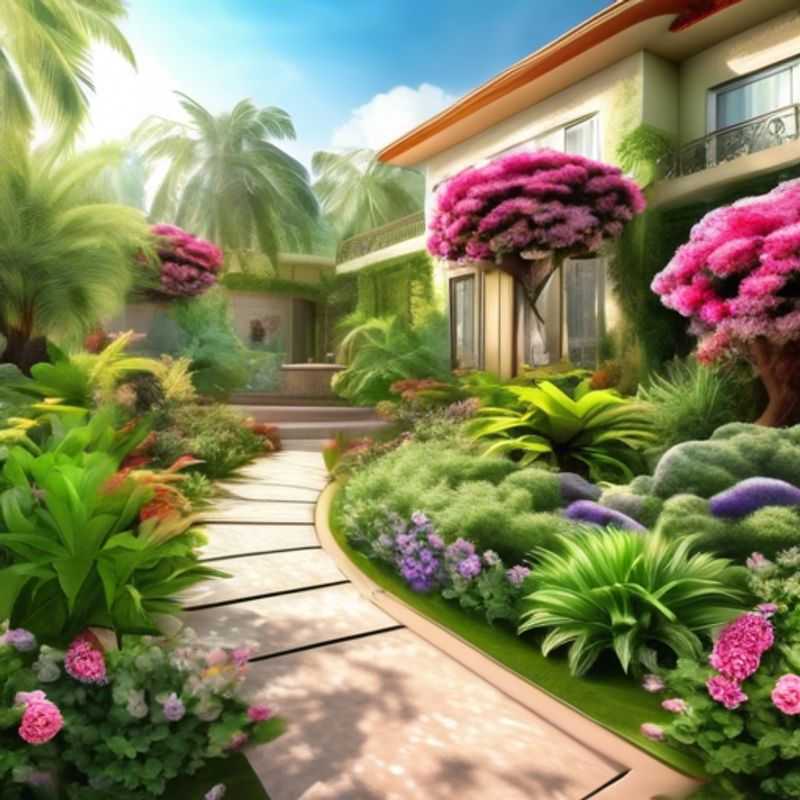
Planning for Growth: Choosing Plants That Fit Your Space
When choosing plants, one of the most important factors is the mature size of the plant and how much space it will need. Plants can grow significantly larger than their initial size when purchased.
Consider the mature size of the plant and the space you have available for planting. You should ensure that there is enough room for the plant to grow to its full potential without overcrowding or impacting other plants.
Measure the area where you plan to plant and research the mature size of the plant you are considering. This can be found on plant tags, online resources, or by consulting a local nursery.
Overcrowding can lead to competition for resources, such as sunlight, water, and nutrients, which can affect the health and growth of your plants. This can also result in issues like disease and pest infestations.
By carefully considering the mature size of plants and available space, you can ensure that your plants have the best chance of thriving and creating a beautiful and balanced garden.

Planting with Confidence: Choosing the Right Plants for Your USDA Hardiness Zone
The USDA Plant Hardiness Zone Map is a valuable tool for gardeners and landscapers. It helps determine which plants are most likely to thrive in a specific region. By understanding your hardiness zone, you can choose plants that will survive the coldest temperatures in your area. The map divides the United States into 11 zones based on average annual minimum winter temperatures. The lower the zone number, the colder the climate.
To find your USDA hardiness zone: Enter your zip code or address on the USDA website. This information is crucial for selecting plants. Plants labeled with a specific hardiness zone number should survive the winters in that zone.
For example, a plant labeled with a zone 5 hardiness rating will be able to tolerate temperatures as low as -20°F to -10°F. However, this does not guarantee survival. Other factors, such as soil type, drainage, and exposure to sun or shade, can affect a plant's success.
Remember, the USDA Plant Hardiness Zone Map is a general guide. Choosing plants based on your zone is the first step in selecting plants for your garden, but it's essential to consider other factors as well to ensure your plants thrive.
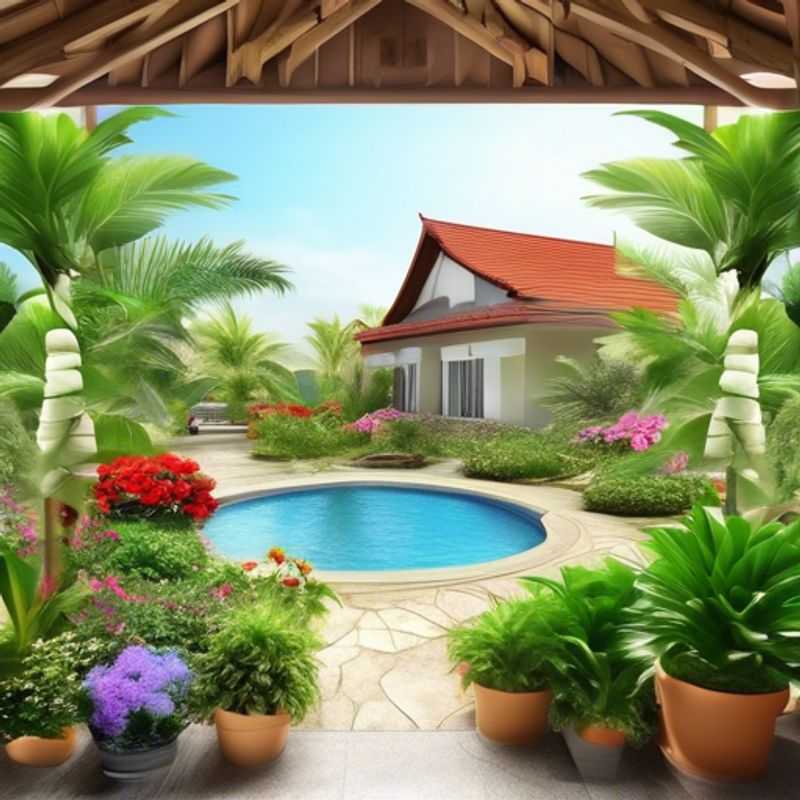
Furry Friends and Flora: A Guide to Pet-Friendly Plants
Bringing greenery into your home is a wonderful way to add life and vibrancy, but it's crucial to ensure the plants you choose are safe for your furry companions. Many common houseplants can be toxic to pets, causing a range of symptoms from mild digestive upset to severe illness.
Before bringing a new plant home, research its toxicity level. Websites like the ASPCA's "Pet Poison Control Center" and the American Kennel Club's "Pet-Friendly Plants" list provide comprehensive information on plant toxicity. Be sure to check both the leaves and the stems, as some plants may have toxic parts that are not immediately obvious.
If you're unsure about a plant's safety, it's always best to err on the side of caution and choose a non-toxic alternative. There are many pet-friendly plants available, including spider plants, Boston ferns, and African violets, just to name a few.
When introducing new plants, keep them out of reach of your pets, especially curious cats and playful puppies. Consider placing plants on high shelves or in hanging baskets to prevent accidental ingestion.
Always supervise your pets around plants, and watch for any signs of illness, including vomiting, diarrhea, lethargy, or difficulty breathing. If you suspect your pet has ingested a toxic plant, contact your veterinarian or the ASPCA's Pet Poison Control Center immediately.
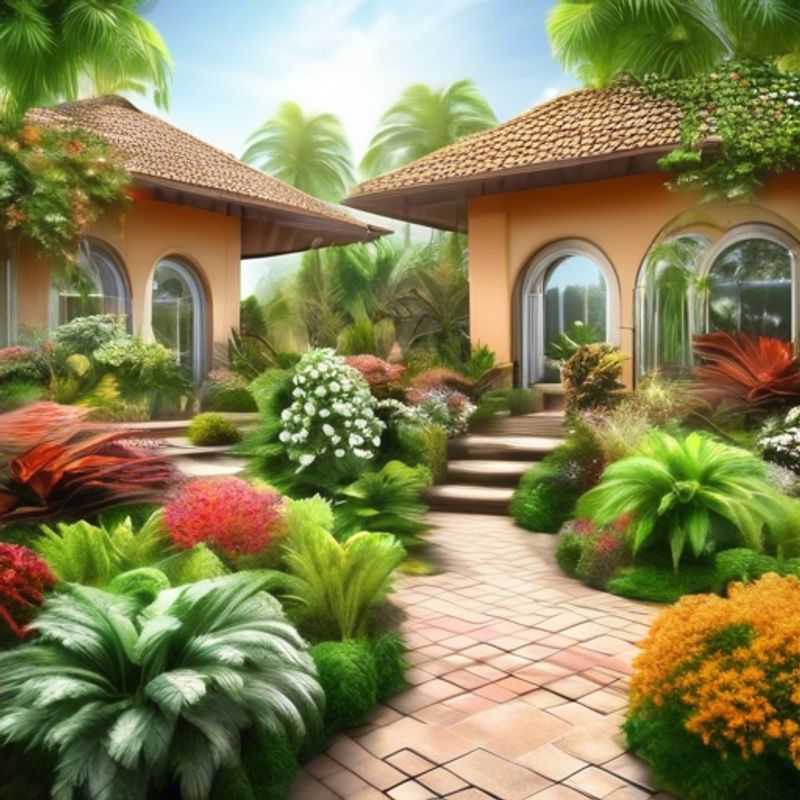
Prioritize Native or Drought-Resistant Plants for Low-Maintenance Landscaping
Prioritizing native or drought-resistant plants is a fantastic way to create a low-maintenance landscape that conserves water and supports local ecosystems. Native plants are naturally adapted to your region's climate, soil, and pests, requiring less supplemental watering and fertilization. Drought-resistant plants, on the other hand, are specifically bred for their ability to thrive in arid conditions.
Here's a quick guide to help you get started:
1. **Identify your zone:** Knowing your hardiness zone will help you select plants that can survive your local climate.
2. **Choose native plants:** Research the native plants in your area. They are often more resilient and require less care.
3. **Embrace drought-resistant varieties:** Consider drought-resistant plants for areas that receive less water, like slopes or sunny spots.
4. **Group plants:** Grouping plants with similar water needs helps you water efficiently. Avoid mixing drought-tolerant and thirsty plants together.
5. **Mulch wisely:** Mulch conserves moisture and suppresses weeds. Use organic mulch like wood chips or shredded bark.
6. **Water deeply and infrequently:** Deep watering encourages roots to grow deep, reducing dependence on frequent watering.
7. **Consider xeriscaping:** Xeriscaping is a landscaping technique that focuses on water conservation using drought-tolerant plants and water-wise design practices.
Remember, local nurseries and garden centers can be valuable resources for finding native and drought-resistant plants suited to your specific location. A little research and planning can go a long way towards creating a beautiful and low-maintenance landscape that thrives with minimal effort and helps conserve precious water resources.
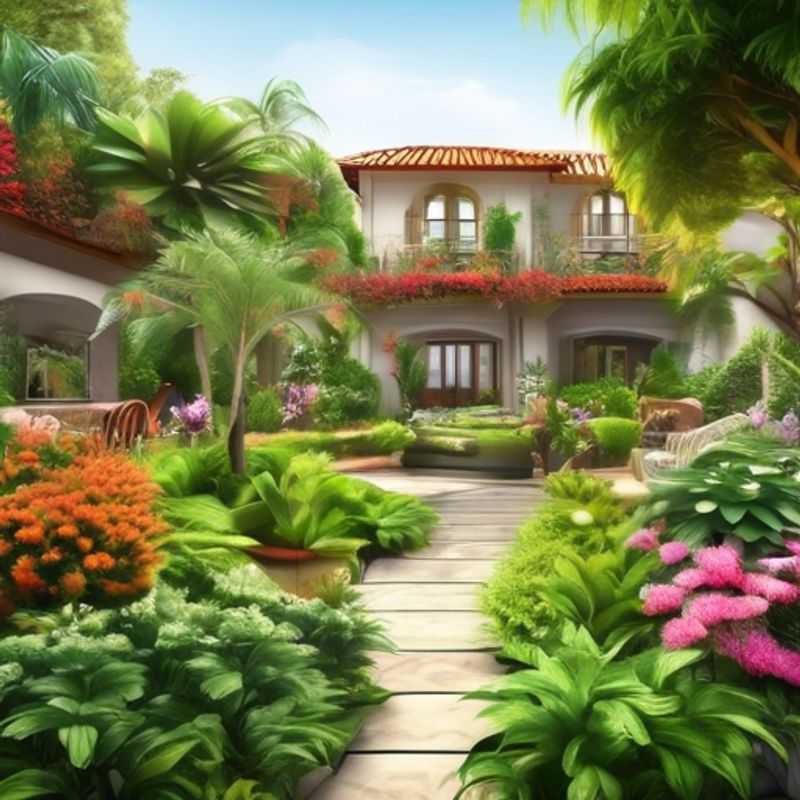
A Keen Eye for Trouble: Inspecting Plants for Pests and Diseases
Regularly inspecting your plants for pests and diseases is crucial for their health and vitality. A thorough examination can help you identify problems early, allowing for timely intervention and preventing further damage. Here's a concise guide to inspecting your plants:
1. Visual Inspection: Begin by looking at your plants from a distance. Observe the overall shape, size, and color of the leaves, stems, and flowers. Look for any signs of wilting, yellowing, browning, or discoloration.
2. Leaf Examination: Examine each leaf closely, paying attention to the top and underside. Look for any spots, holes, discoloration, or unusual growths. Inspect for tiny insects, eggs, or webs.
3. Stem and Branch Inspection: Check the stems and branches for any signs of damage, discoloration, or unusual growths. Look for any signs of insects or pests, such as aphids, scales, or mealybugs.
4. Root Inspection: If possible, gently remove the plant from its pot and inspect the roots. Look for any signs of rot, discoloration, or damage.
5. Soil Observation: Pay attention to the soil around the plant. Look for any signs of pests, such as grubs or slugs, or evidence of disease, such as mold or mildew.
Remember, early detection is key to preventing serious problems. If you notice any signs of pests or diseases, take immediate action to treat them. It's important to choose the appropriate method of treatment based on the specific problem.
Pro Tip: Use a magnifying glass for closer examination of leaves, stems, and roots, especially for tiny pests or eggs.
